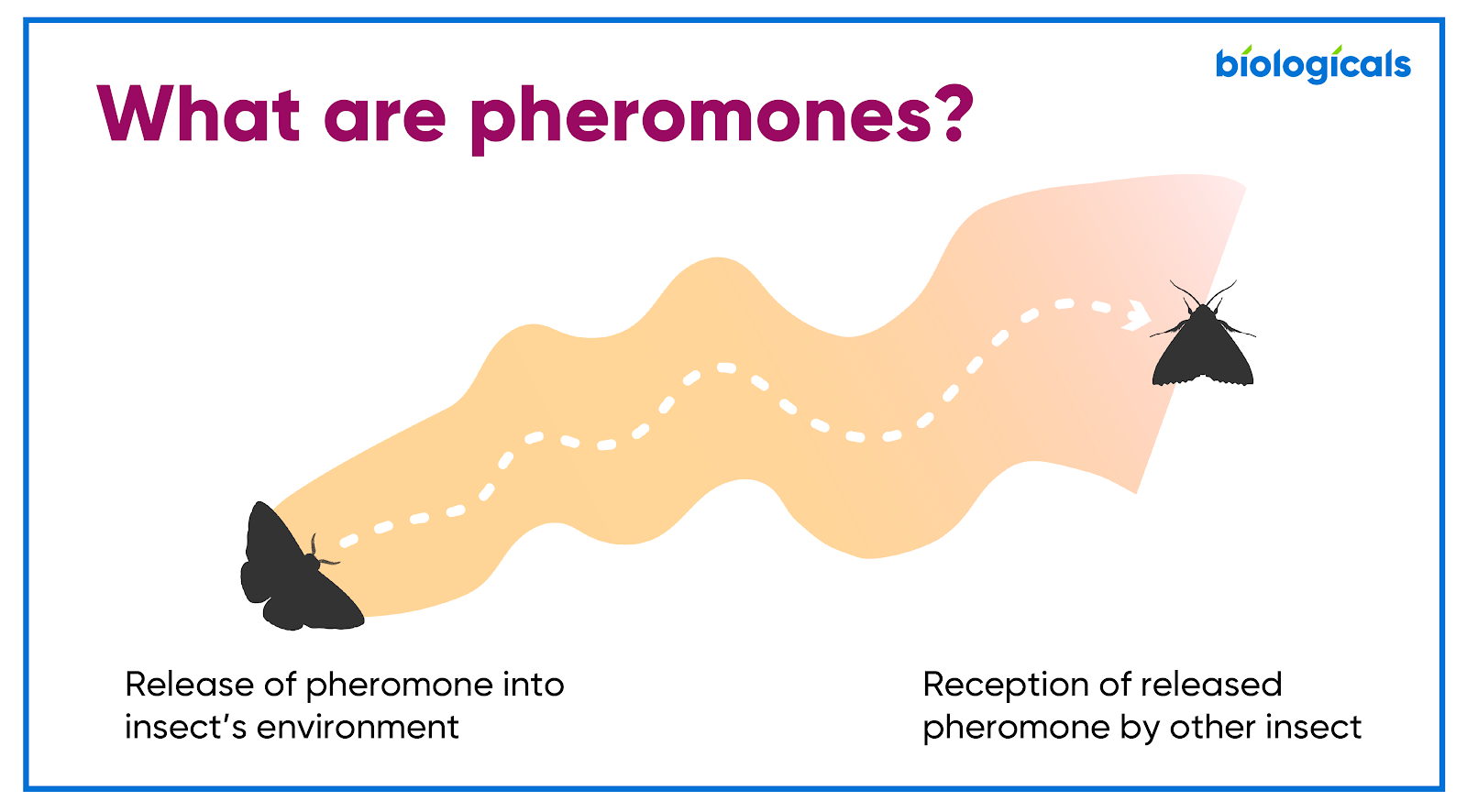The uncanny valley effect is a phenomenon rooted in Japanese culture, also known as 不気味の谷 (Japanese) or bukimi no tani (Hepburn). It is an effect that brings on an uncomfortable sensation while viewing or interacting with artificial intelligence that bears extreme similarity to a human face. It is stated that the interaction between a human and AI is positive until the robot becomes almost human, which then creates a negative repulsion immediately. This graph shows this correlation.


The more similar the AI/robot is to a human, the more uncomfortable it becomes to interact with it. This idea became very popular after the 2014 release of "Five Nights at Freddy's." This game created fear in viewers; jumpscares, tension-building situations, lack of information, time limits, and battery caps, all created life-like horror scenarios. However, the most uncomfortable aspect of this was the life-like animatronic animals, which were later discovered to be human souls trapped inside animatronic suits.
The reason these animatronic characters were so realistic to humans was their ability to knowingly chase the player. The game surrounds a run-down video game plaza, similar to Chuck E Cheese. These animatronics were known to create trouble at night, so a security guard was hired to "survey" the place, unknowingly. The animatronics moved from room to room, while the security guard watched the cameras to track these movements. They never moved while on camera, however they would look directly into the cameras. This only evoked more fear in the player.

The uncanny valley effect is extremely creepy. It rides the line between real and not real, which becomes blurry after a certain amount of likeness to human features, movements, and physical attributes. Video game creators use this knowledge to create horror games, but there doesn't have to be a single jump scare for these animations to be creepy.
References
Five Nights at Freddy’s. (2024). Amazon.com. https://www.amazon.com/Scott-Cawthon-Five-Nights-Freddys/dp/B00N1HONIO
Markagonzales. (2023, December 4). The Psychological Mastery of Five Nights at Freddy’s in Horror Gaming. Medium. https://medium.com/@markagonzales04/the-psychological-mastery-of-five-nights-at-freddys-in-horror-gaming-b199570e28b7
Wikipedia Contributors. (2019, February 20). Uncanny valley. Wikipedia; Wikimedia Foundation. https://en.wikipedia.org/wiki/Uncanny_valley






















